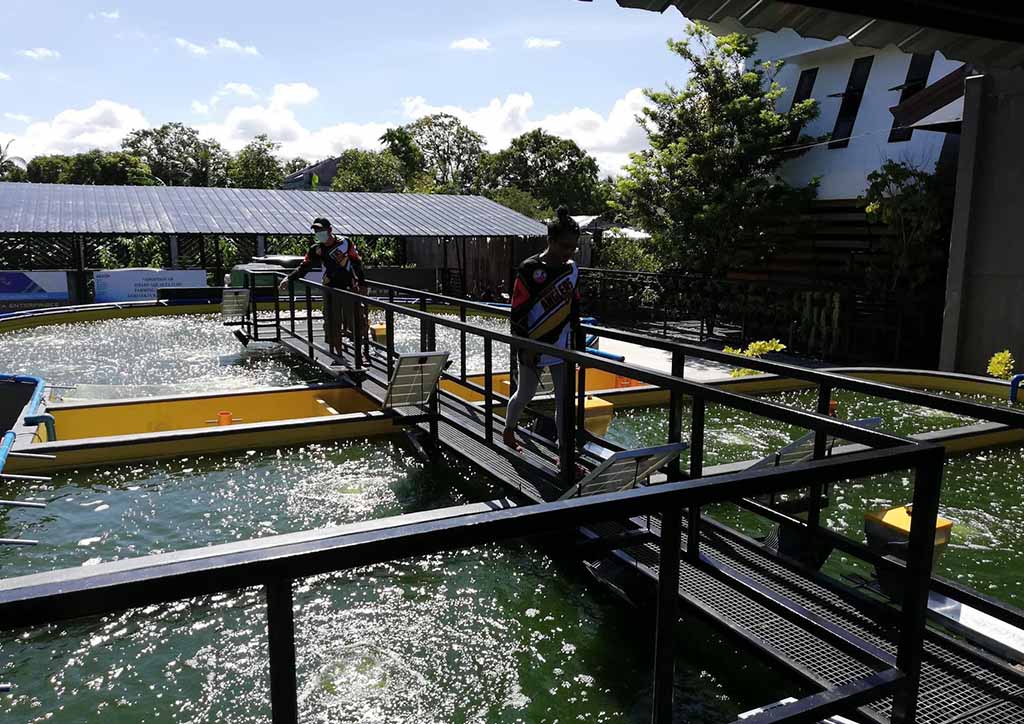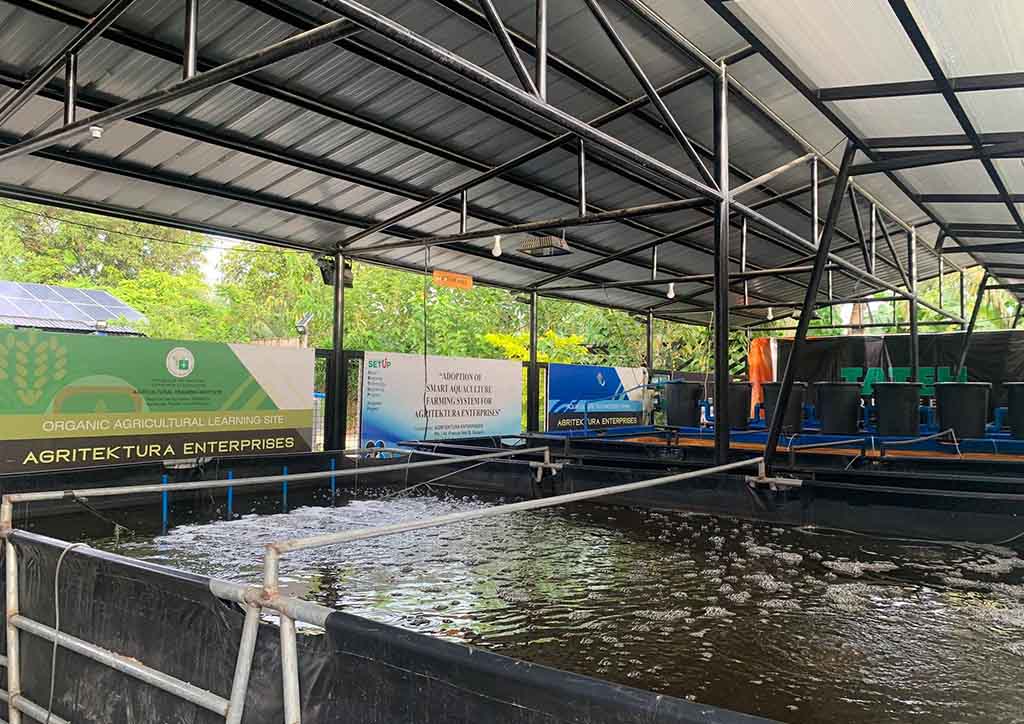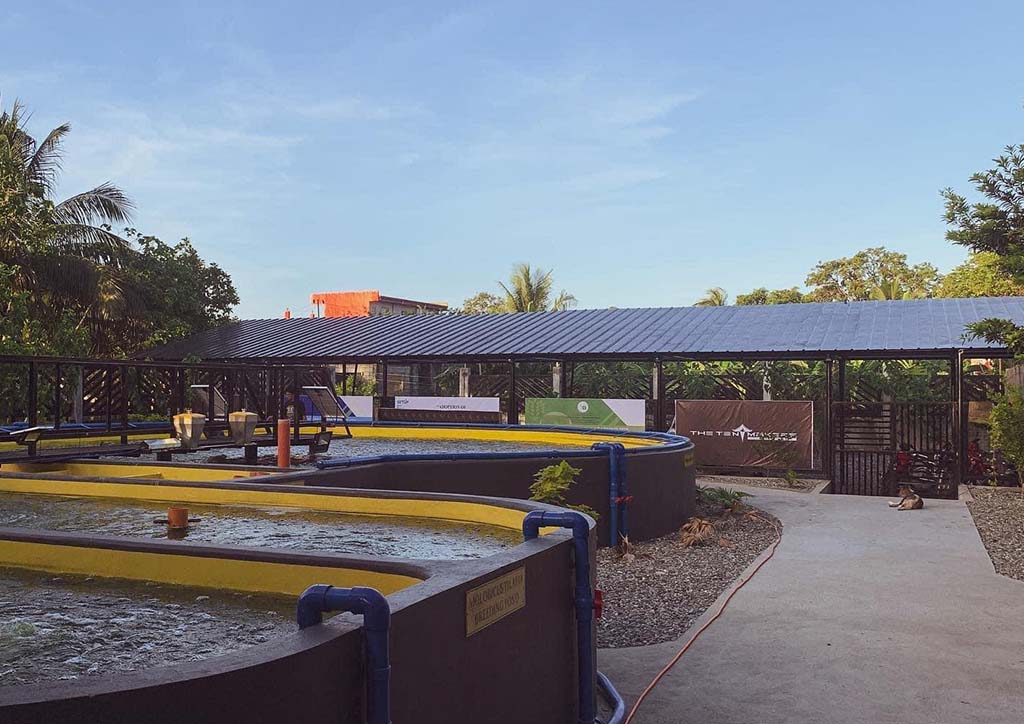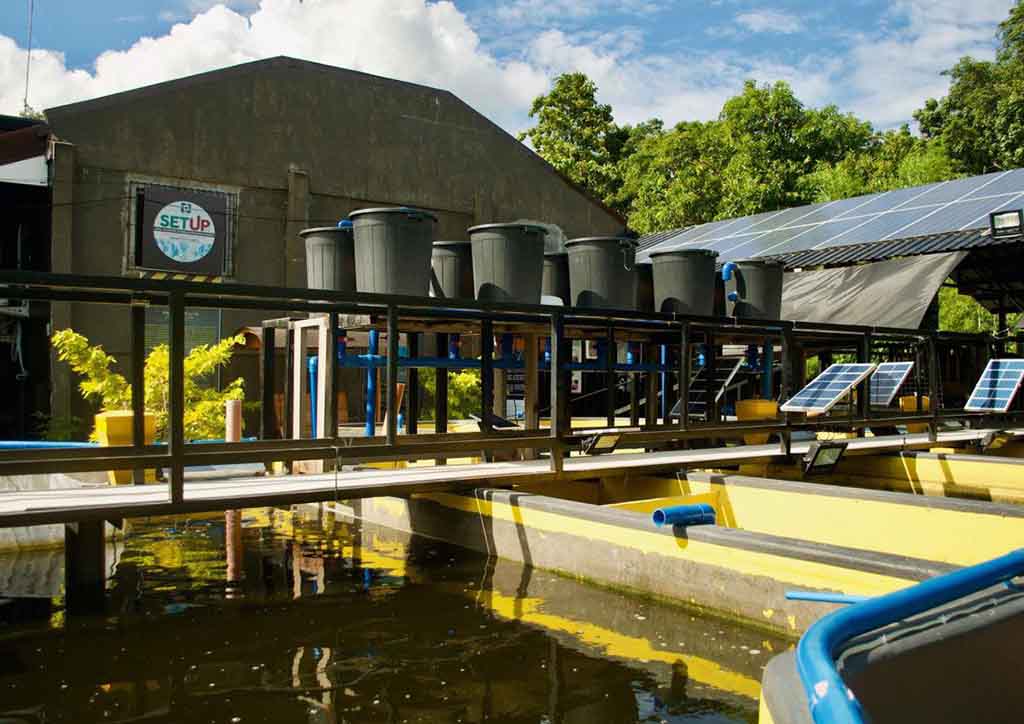
AGRITEKTURA: When Agriculture Meets Architecture, An Innovative Urban Farming Movement Emerges
There are two keywords here, architecture and agriculture. Defining architecture, it’s both the process and the product of planning, designing, and constructing buildings or other structures. It comes with the goal of providing functional and comfortable spaces that not only cater to the needs of the users but more so improve the way they use the spaces. Now, agriculture talks about growing crops and raising livestock for the food security of the community and even the nation. Usually, associated with agriculture is the fishing industry and aquaculture, which is about farming aquatic organisms. So, how do these two major industries relate to one another? As there is so much problem-solving involved in architecture where architects and designers become innovators providing the best solutions needed, the agricultural sector is in demand of innovators that will help further boost the industry. This is what AGRITEKTURA is about, responding to the call of aiding agricultural harvest through infrastructure developments.
The term “AGRITEKTURA” is a term coined from two Filipino words, “agrikultura” and “arkitektura”. AGRITEKTURA or AGRITECTURE is the intersection of agriculture and architecture where buildings grow food as prominently seen now in the emerging urban farming movement. Prime mover and lead agritect, Francis Neil “Ran” B. Quijano, together with his team saw the need for such integration and started the movement in their hometown in Oriental Mindoro. The province is part of the MIMAROPA region which is at the very heart of the archipelago and dubbed as the “Treasure Trove of Southern Luzon”, envisioned to be the “food basket of the country” and be a haven for tourism, industry, and technology.
As an innate designer and innovator, Ran has always wanted to be an architect. “It was a really a dream since I was a child. Engaging in poster-making contests and art competitions, travel & adventure did open my eyes to the potential to become an architect. I never dreamt of it just because I saw amazing buildings but by appreciating God’s creation. I always thought of, maybe, I can also create my own designs,” shares Ran.
So, when asked why he mixed his architecture profession with agriculture, “I was raised on a farm that’s why agriculture is close to my heart. My second choice as a profession is to be an agriculturist. Aside from that, my exposure outside the country during my study tours opened my eyes to the potential that architecture is the solution to make one industry globally competitive. I saw how other countries take into consideration infrastructure developments level up their agriculture industry,” Ran answers.
According to Ran, AGRITEKTURA is a movement comprised of 12 independent sectors that share a common operating characteristic of allowing a more in-depth analysis of the agricultural industry as a whole. These sectors are namely AGRIKULTURA for sustainable agriculture, ARKITEKTURA for sustainable architecture, TEKNOLOHIYA for technology, engineering, research, and development, EDUKASYON for relevant education, KALIKASAN for environmental management and protection, KALUSUGAN for wholeness, fitness, and wellness, KASAYSAYAN for history, KOMERSYO for social entrepreneurship and inclusive business, KOMUNIDAD for community transformation, KOMUNIKASYON for comprehensive communications, TURISMO for sustainable tourism, and, last but not the least, KULTURA for empowered culture. Aside from the 12 sectors, AGRITEKTURA does not function on its own. It’s under the training and guidance of its industry partners namely, DA-ATI (Department of Agriculture – Agricultural Training Institute) MIMAROPA Learning Site, DA-BFAR (Department of Agriculture – Bureau of Aquatic Resources), DOST (Department of Science and Technology), and GABUTERO Organic Farm.
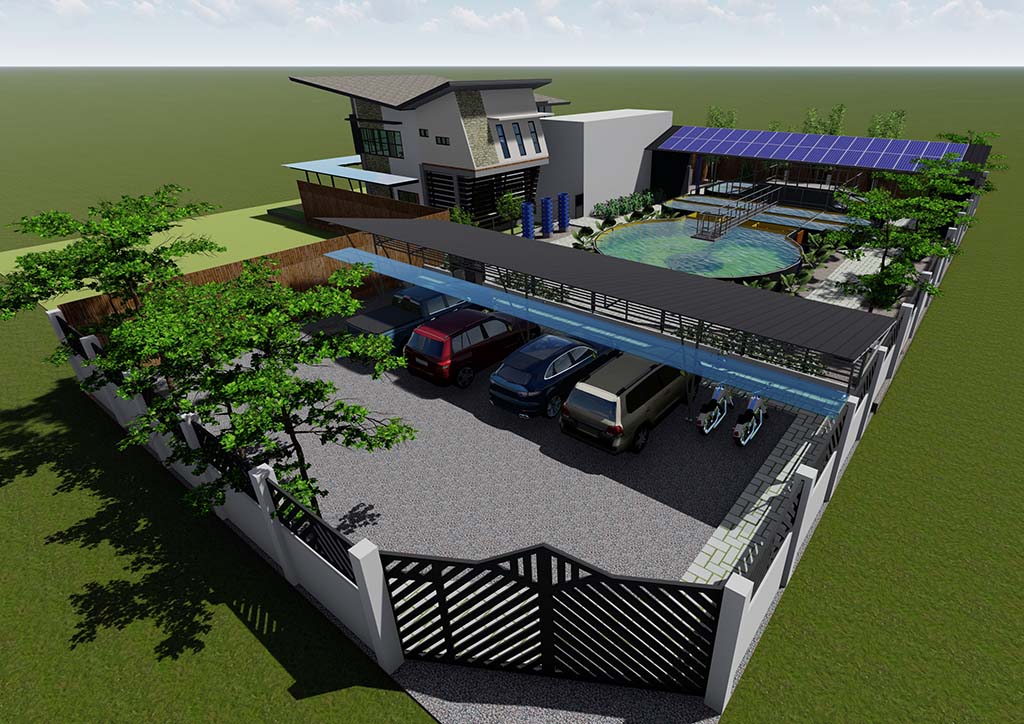
A micro, sustainable, smart, holistic, healthy, integrated, and interactive prototype farm
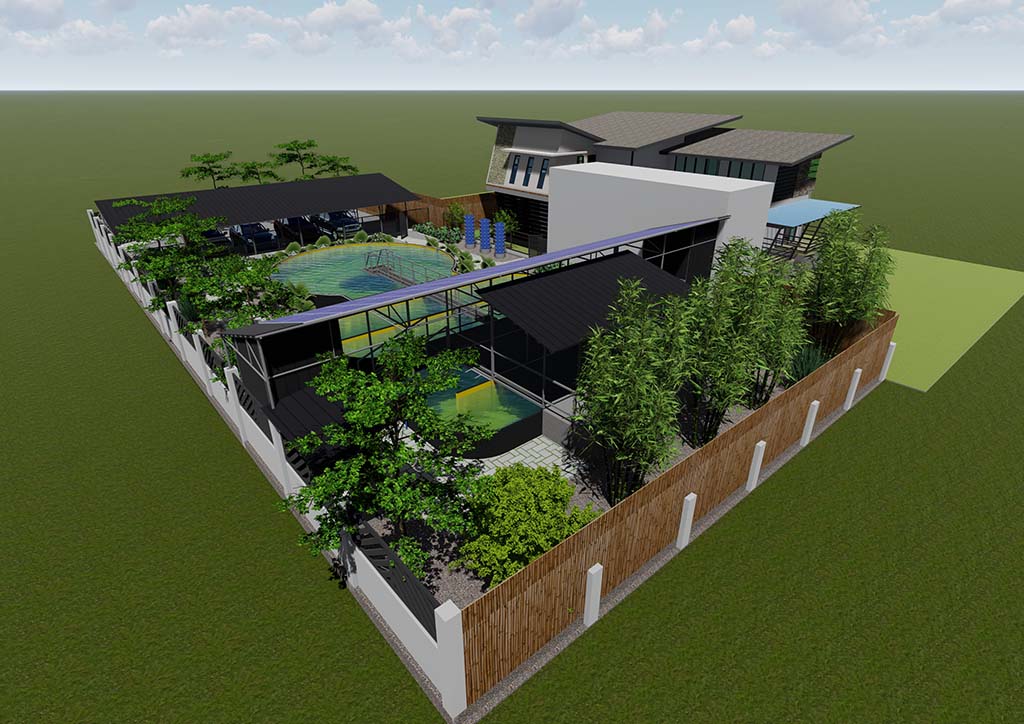
Features a specialized modular construction system, solar energy system, automated aeration system,
automated filtration system and automated nutrition system
AGRITEKTURA aims to provide projects creating impact in terms of the synergy and development of a community, a sector, a region, and society. It always sees to it that any project it takes is aligned with the vision of the Department of Agriculture and TESDA honing a generation of Filipinos that continuously contribute to nation-building. The firm movement carries two types of developmental projects.
First is the SHIP System. The SHIP stands for “Sustainable, Smart, Holistic, Healthy, Integrated and Interactive Prototype Program” which showcases projects such as agri-residential development, agri-resort, agri-trade complex, eco-tourism park, retreat farms, recreational parks, and farm schools. And the second one is the SHED System, which is a product-based structure, developed based on the basic needs of a particular development such as agri-Residential SHED, agri SHED, and aqua SHED.
Of course, starting the movement wasn’t easy at all. “When I introduced AGRITEKTURA to the community, the first thing that I received is a negative reaction. A fellow said AGRITEKTURA does not exist, and it will never exist. I took it as a challenge and the company is now operating for 8 years. For a startup and small company, you can’t accept people to stay for a long period. Some will just be there to have work experience then apply in a bigger company or firms outside the country. But I took it again as a challenge and come up with a life transformation program for the people. They will stay not because they earn big, but they choose to stay because they see the big picture. They realized their purpose on why God sent them to AGRITEKTURA. We just have to always look at the positive side of everything,” says Ran.
Like any other architect and designer, Ran also takes inspiration from the works of Frank Llyod Wright and Francisco Mañosa. But he’s also into global influencers like Quiccs Maiquez, Nicolo Nimor, Tinker Hatfield, Elon Musk and Steve Jobs, and Virgil Abloh. Understanding and applying the entrepreneurial strengths of these market leaders of different industries made AGRITEKTURA possible.
Architecture is a very broad profession and it’s beyond structures and buildings. “As an architect, we are designers and innovators, you have to discover your niche. You have to discover your strengths and what differentiates you as an architect,” Ran Quijano encourages.
To know more about AGRITEKTURA, you can check out their website: https://agritektura.ph/
Article Credits: Drawings and images courtesy of AGRITEKTURA ©
